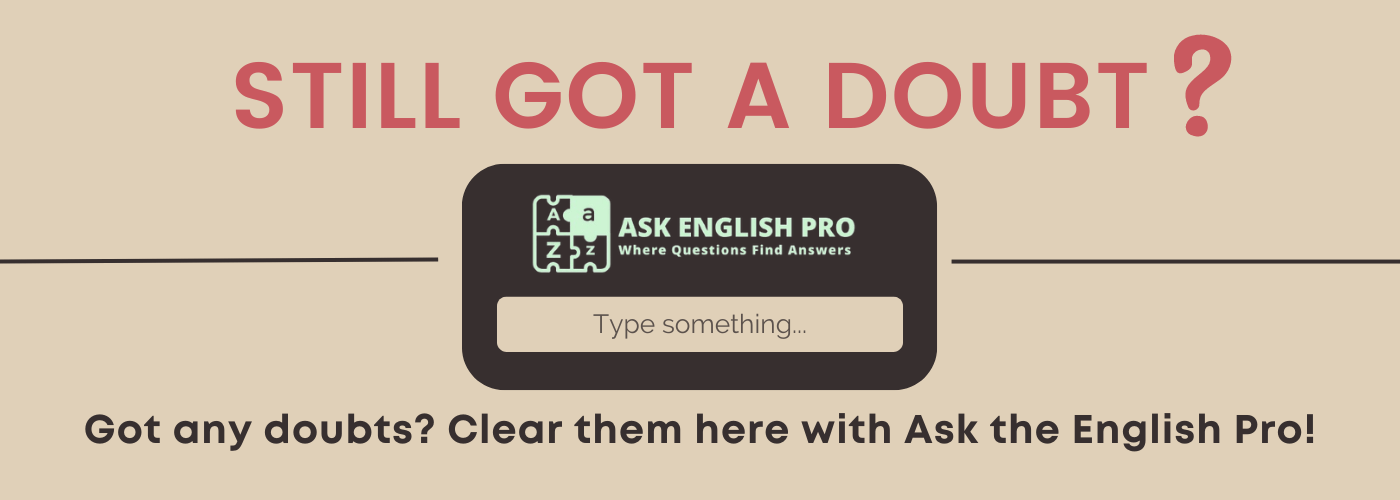Mnemonic Devices for Neutralize: Remember Neutralize Easily
Introduction to Mnemonics for Neutralize
Learning new vocabulary doesn’t have to be difficult. Mnemonic techniques make it easier by associating words with vivid images, sounds, and stories. Today, we’re exploring the word Neutralize, which means “to counteract, cancel out, or make ineffective.” By using creative mnemonics, you can remember this word effortlessly. Keywords: Mnemonics for Neutralize, How to remember Neutralize, Memory techniques for Neutralize.
Twelve Mnemonics for Neutralize
Here are 12 mnemonic techniques that will help you master the word “neutralize.” These methods include visual, auditory, and narrative associations to make learning engaging.
- Visual Association: Imagine a superhero using a “neutralizing ray” to cancel out a villain’s powers. This vivid image reinforces the idea of making something ineffective.
- Acronym: Think of “NEUTRALIZE” as “No Effective Use To Reduce A Large Influence Zealously Every time.”
- Rhyme: “To neutralize, cut it down to size!” This rhyme helps recall the meaning of reducing or counteracting something.
- Word Breakdown: Break “neutralize” into “neutral” + “ize.” If something is neutral, it has no effect; adding “-ize” means “to make.” So, “neutralize” means “to make ineffective.”
- Similar Sounding Words: “Neutralize” sounds like “neutral eyes.” Imagine neutral-colored eyes that don’t react to anything—representing making something ineffective.
- Story Method: Picture a scientist pouring a special liquid into an acid, instantly neutralizing it. This narrative links to chemistry, where acids and bases neutralize each other.
- Physical Action: Stretch your arms out and then bring them together as if you’re balancing two sides, symbolizing bringing things to a neutral state.
- Exaggeration: Imagine a giant “NEUTRALIZER” button that, when pressed, makes conflicts disappear instantly.
- Personal Connection: Relate the word to real-life problem-solving, such as calming an argument by neutralizing tension.
- Etymology Exploration: “Neutralize” comes from “neutral,” which means “without bias or effect.” Knowing this root word helps solidify its meaning.
- Sensory Association: Imagine tasting something too spicy and drinking milk to neutralize the burn. This sensory connection reinforces the concept of counteracting.
- Opposites: Think of neutralizing as the opposite of intensifying. If something is neutralized, it loses its impact or power.
Customize Your Mnemonics for Neutralize
While these mnemonics are helpful, personalizing them to fit your experiences or references will make them even more effective. Add unique imagery or wordplay that resonates with you.
Bonus Tip: Use “neutralize” in a sentence, e.g., “The antidote helped neutralize the poison in his system.”
Master Neutralize with Mnemonics
Mnemonic techniques make vocabulary learning simple and enjoyable. By using these methods for “neutralize,” you can quickly remember its meaning and apply it confidently. Keep practicing with mnemonics, and watch your vocabulary skills improve dramatically!



















